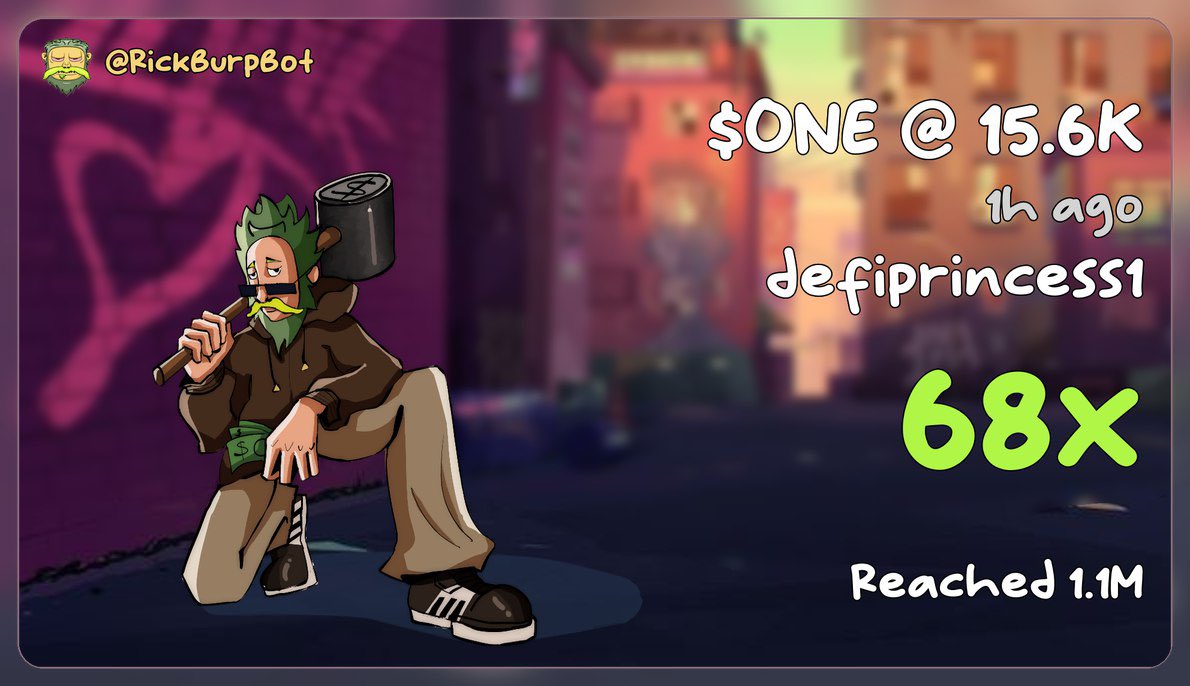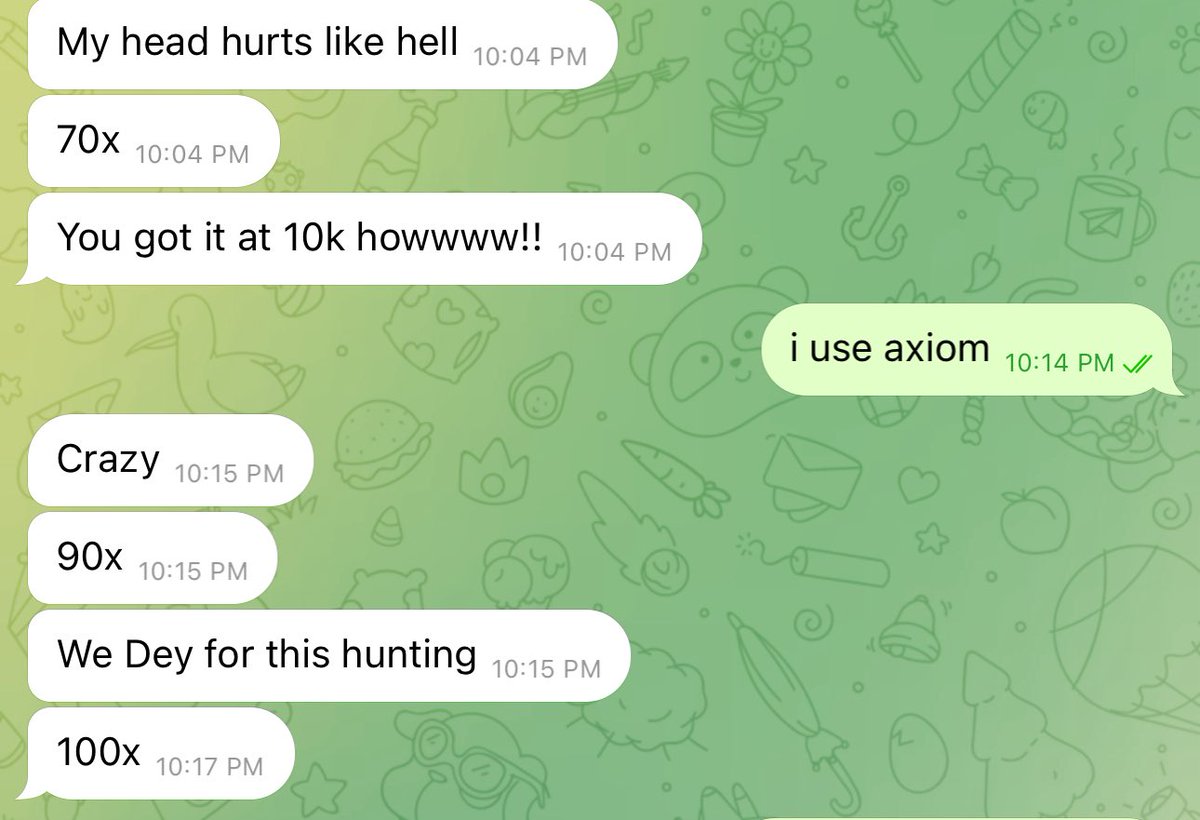
Harmony price

Disclaimer
OKX does not provide investment or asset recommendations. You should carefully consider whether trading or holding digital assets is suitable for you in light of your financial condition. Please consult your legal/tax/investment professional for questions about your specific circumstances. For further details, please refer to our Terms of Use and Risk Warning. By using the third-party website ("TPW"), you accept that any use of the TPW will be subject to and governed by the terms of the TPW. Unless expressly stated in writing, OKX and its affiliates (“OKX”) are not in any way associated with the owner or operator of the TPW. You agree that OKX is not responsible or liable for any loss, damage and any other consequences arising from your use of the TPW. Please be aware that using a TPW may result in a loss or diminution of your assets. Product may not be available in all jurisdictions.
Harmony market info
Market cap = Circulating supply × Last price

Harmony Feed
ONE calculator


Harmony price performance in USD
Popular Harmony conversions
| 1 ONE to USD | $0.015380 |
| 1 ONE to EUR | €0.013734 |
| 1 ONE to PHP | ₱0.85928 |
| 1 ONE to IDR | Rp 254.93 |
| 1 ONE to GBP | £0.011581 |
| 1 ONE to CAD | $0.021532 |
| 1 ONE to AED | AED 0.056445 |
| 1 ONE to VND | ₫399.17 |
About Harmony (ONE)
- Official website
- White Paper
- Github
- Block explorer
Harmony FAQ
Harmony (ONE) is a blockchain platform that delivers fast and scalable solutions for decentralized applications (DApps). It leverages a unique sharding technique, Effective Proof of Stake (EPoS), to significantly improve transaction processing capacity, minimize latency, and enhance overall scalability. Harmony aims to tackle the limitations of traditional blockchain networks while upholding the principles of decentralization and robust security.
ONE token offers several benefits within the Harmony ecosystem. It serves as a medium of exchange, facilitating transactions and value transfer on the network.
Additionally, ONE tokens are utilized to pay network fees, participate in governance decisions, and access a wide range of decentralized applications and services built on the Harmony platform. The utility and versatility of ONE tokens enhance their overall value and contribute to an engaged and thriving ecosystem.
Easily buy ONE tokens on the OKX cryptocurrency platform. One available trading pairs in the OKX spot trading terminal is ONE/USDT.
You can also swap your existing cryptocurrencies, including Bitcoin (BTC), Ethereum (ETH), Tether (USDT), and USD Coin (USDC), for ONE with zero fees and no price slippage by using OKX Convert.
Monitor crypto prices on an exchange
ESG Disclosure
ONE calculator


























Socials